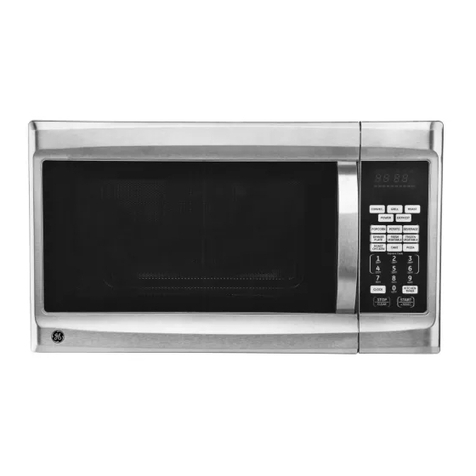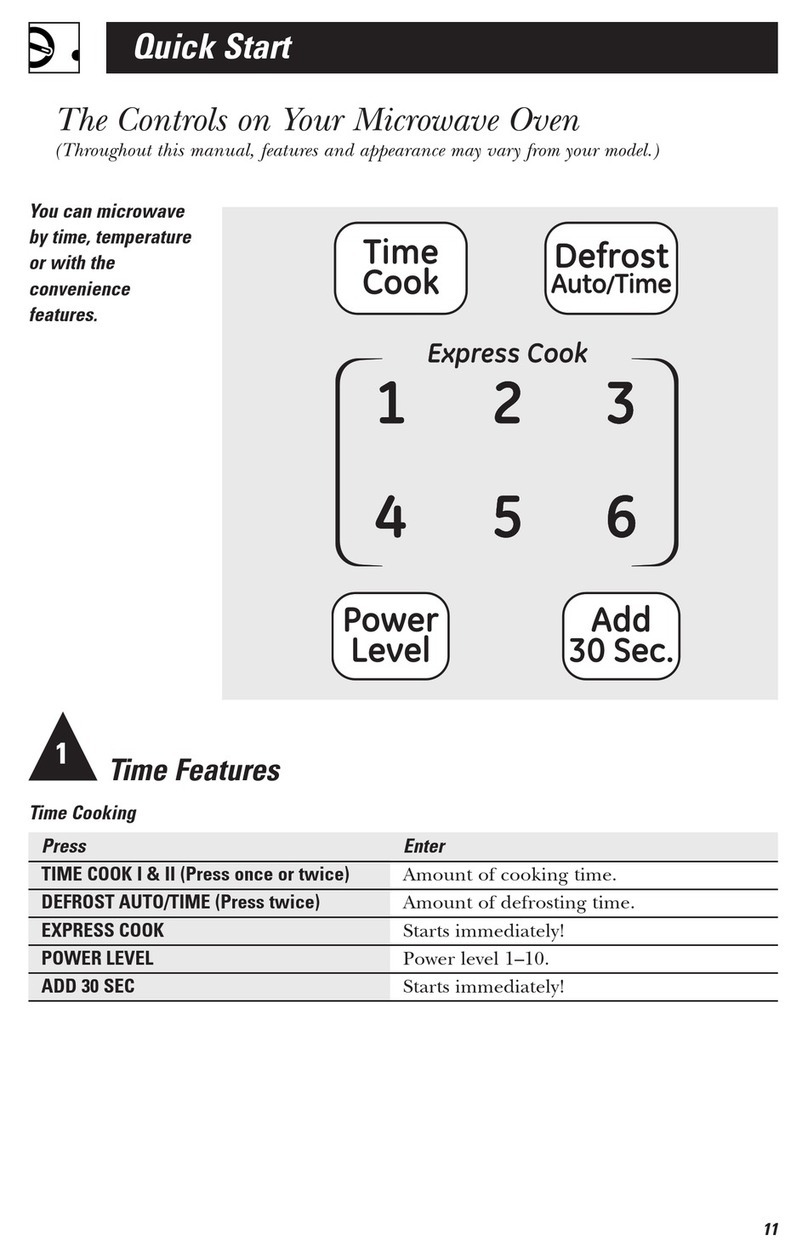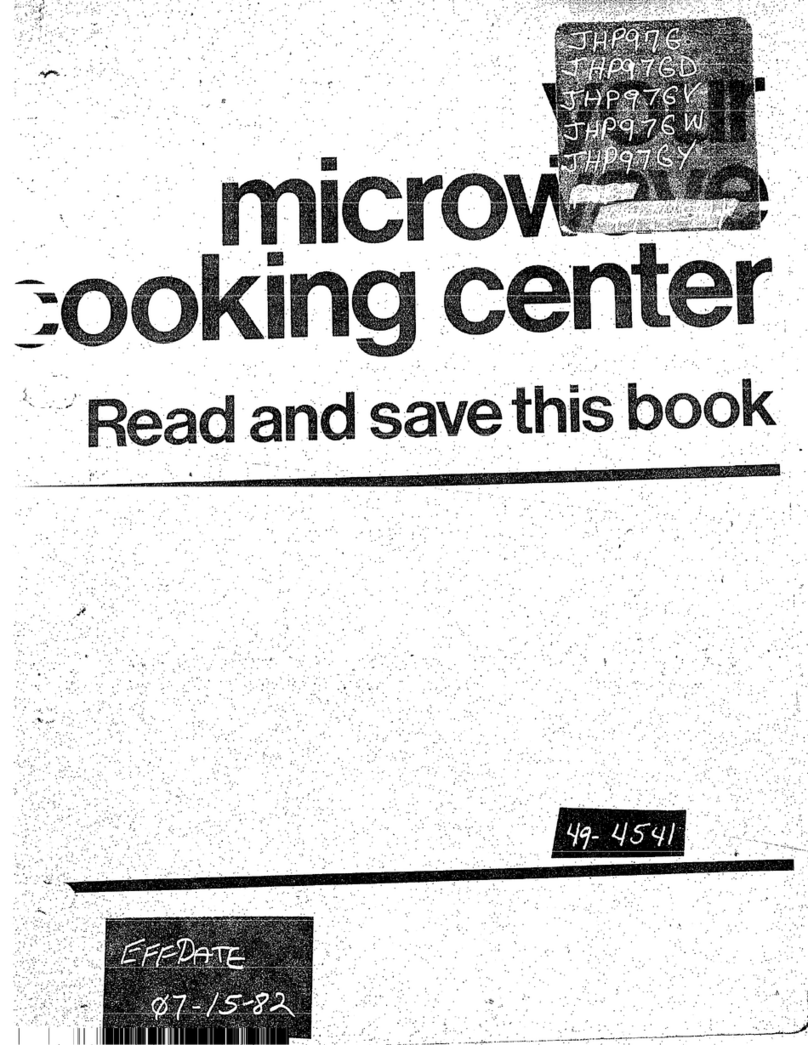GE JE1530 Use and care manual
Other GE Microwave Oven manuals
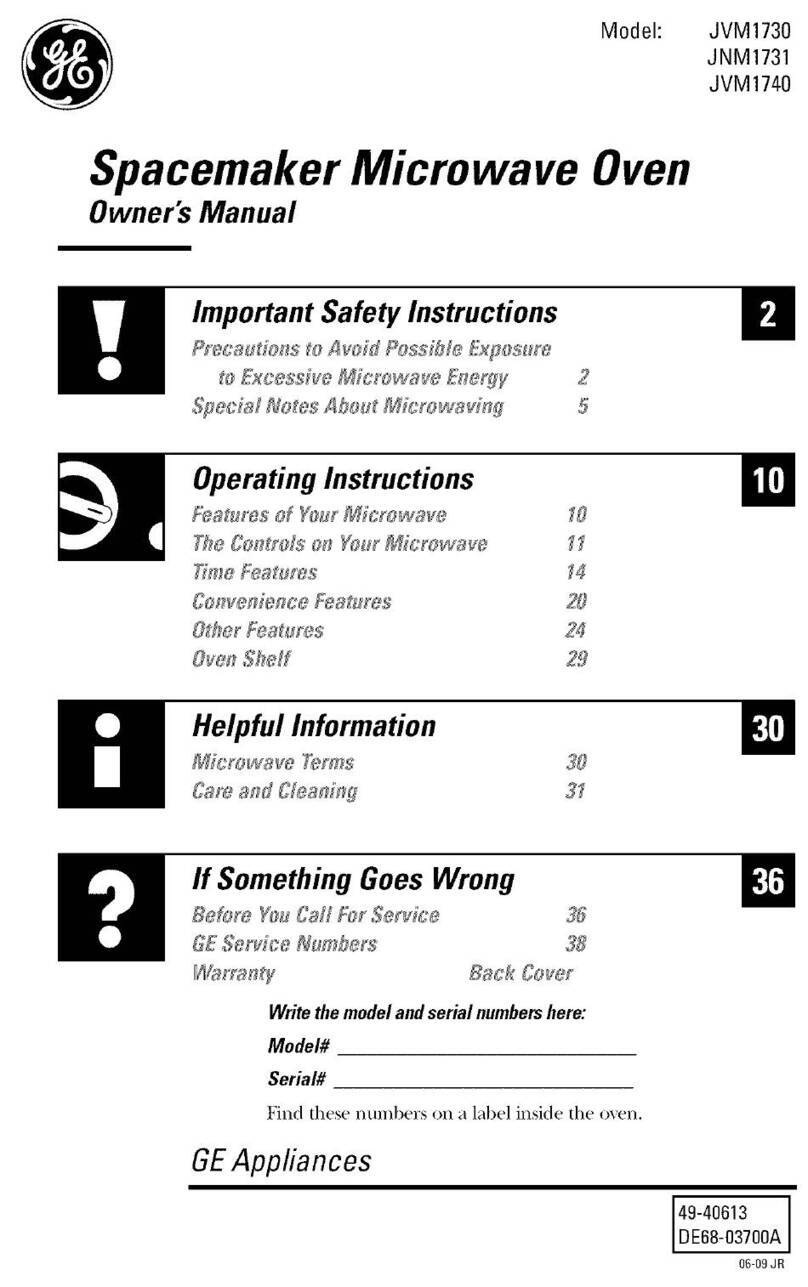
GE
GE Spacemaker JVM1730 User manual

GE
GE PEB7226SFSS User manual
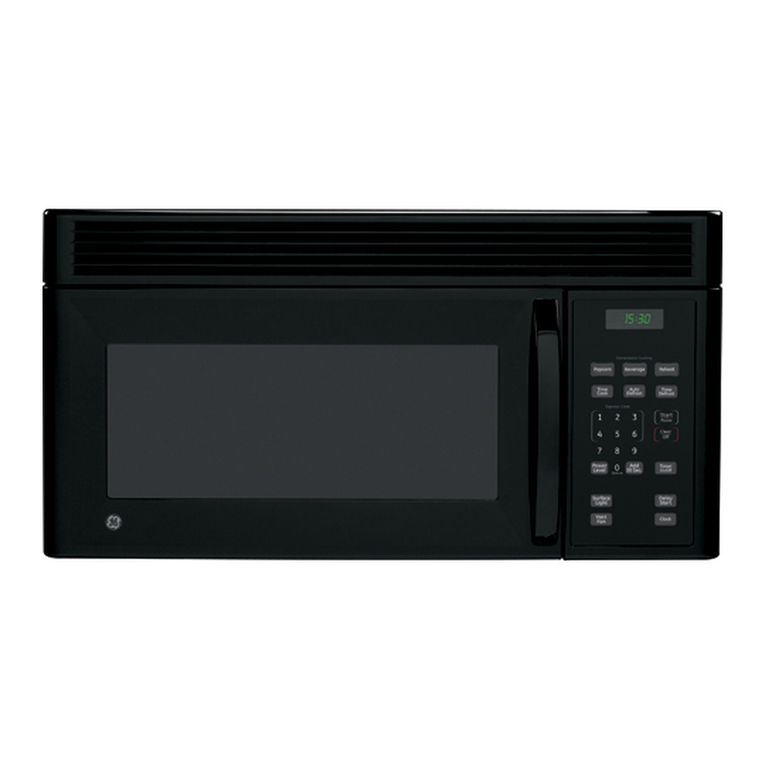
GE
GE Spacemaker JVM1530 User manual
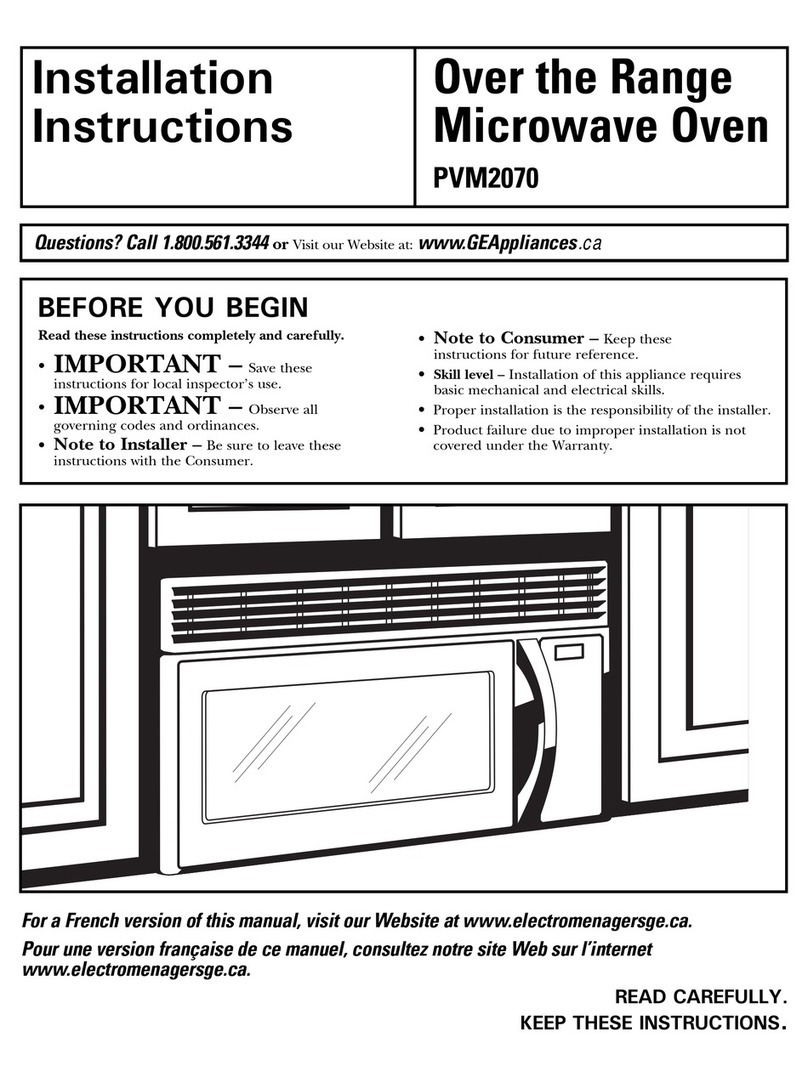
GE
GE Spacemaker PVM2070 User manual
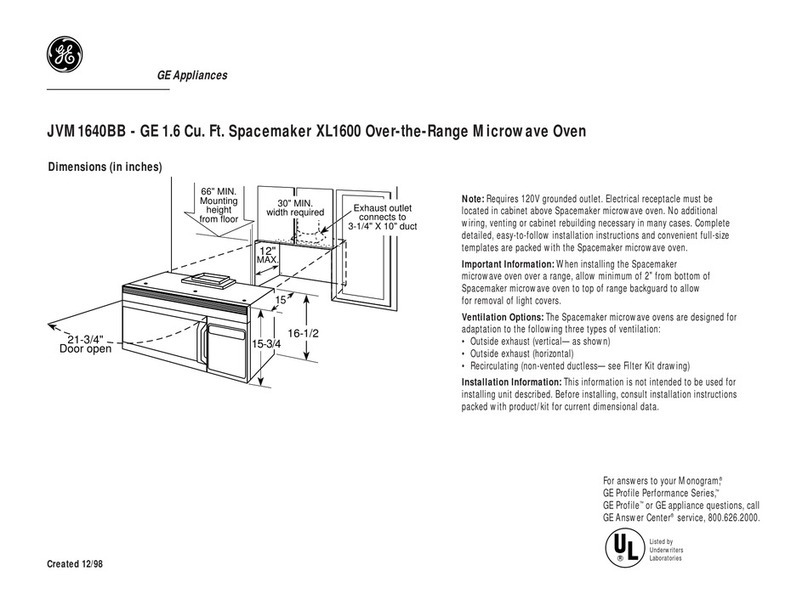
GE
GE Spacemaker XL1600 JVM1640BB User guide

GE
GE KOG-1MOT User manual

GE
GE JNM7196SFSS Operating manual
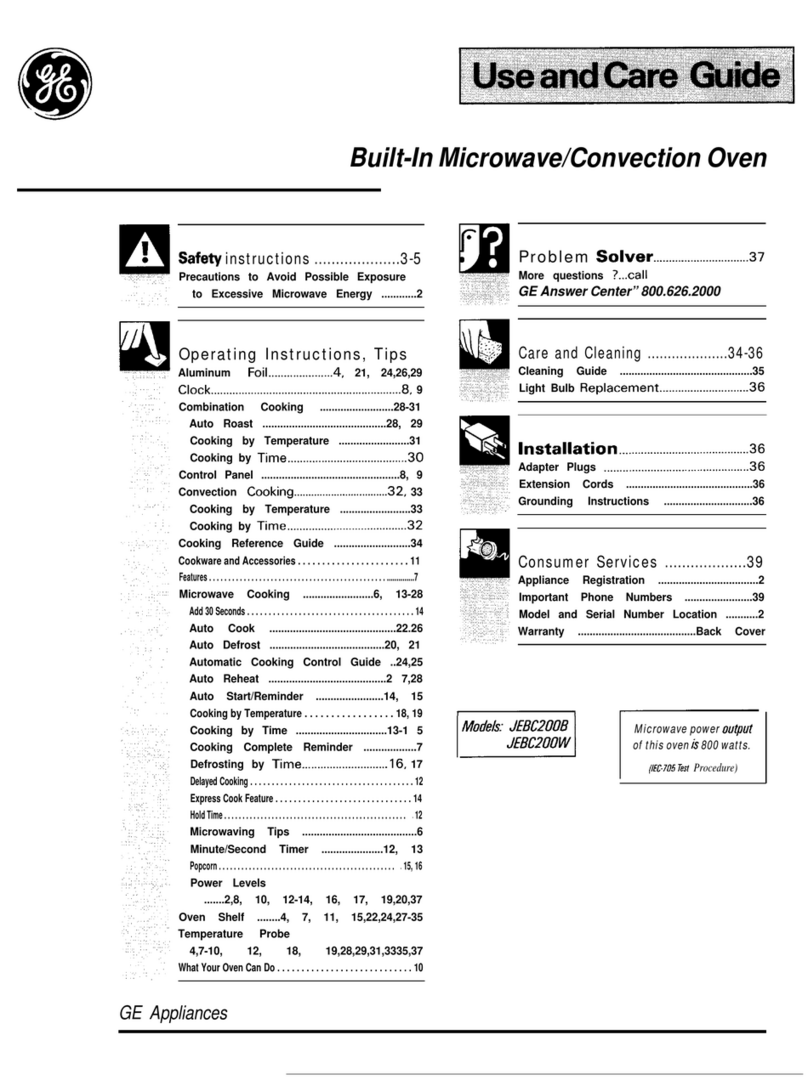
GE
GE JEBC200B User manual
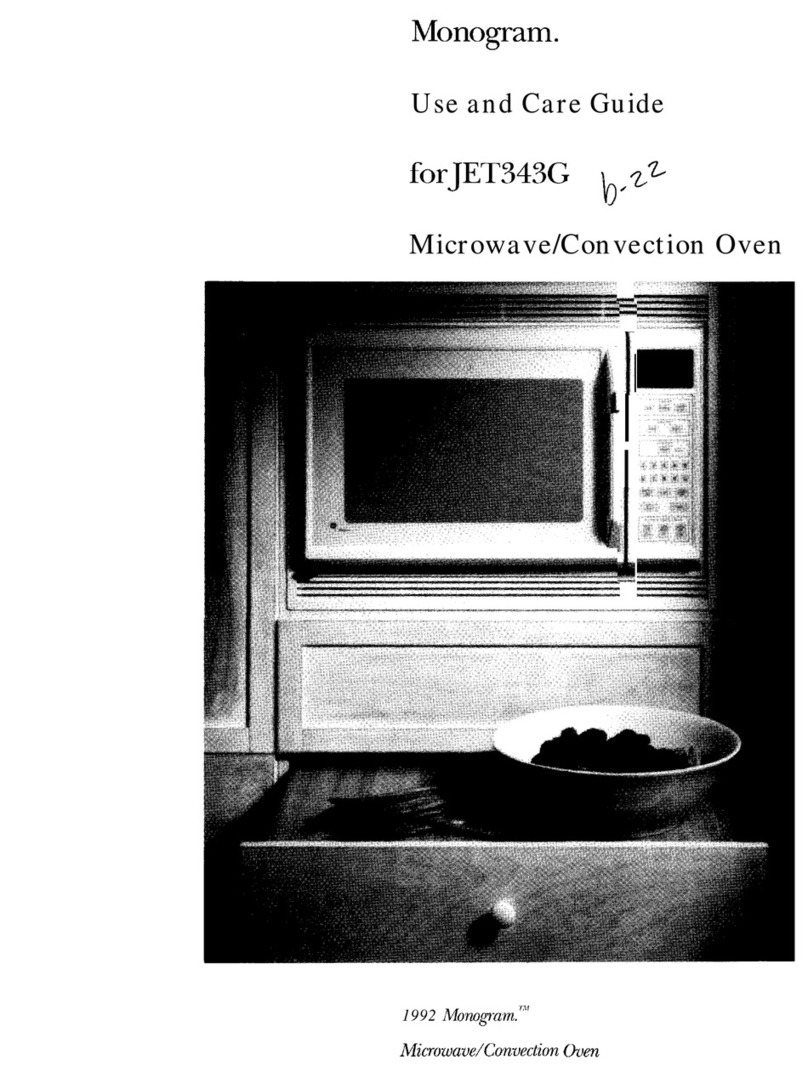
GE
GE Monogam JET343G User manual

GE
GE JE640 Use and care manual
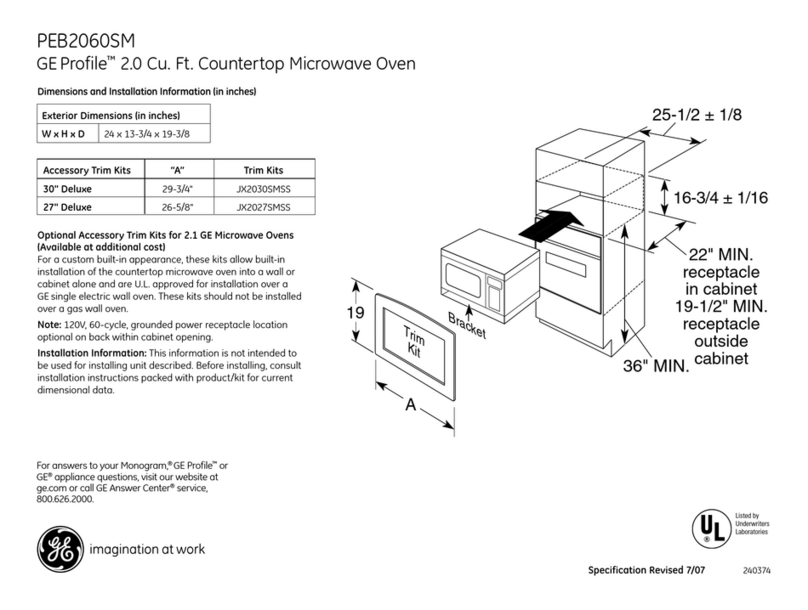
GE
GE PEB2060SMSS - Countertop Microwave Oven Manual
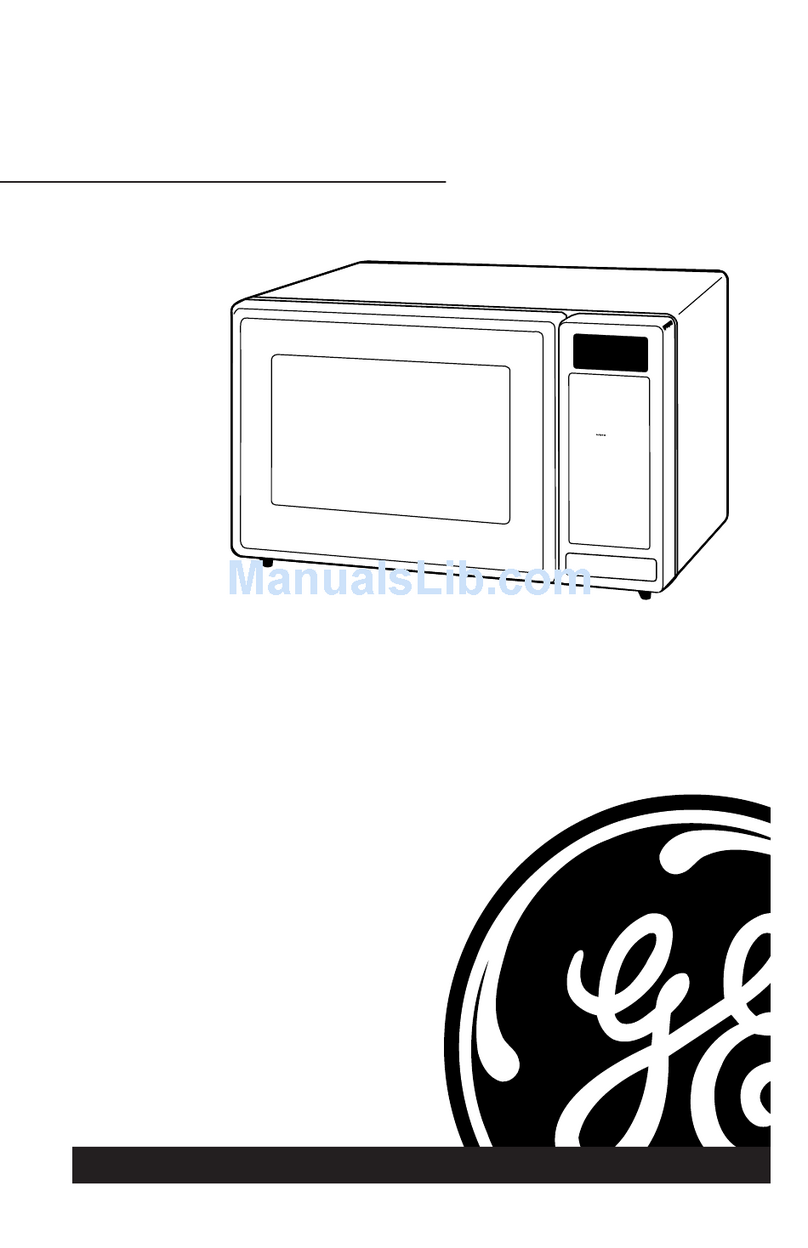
GE
GE JE1840 User manual
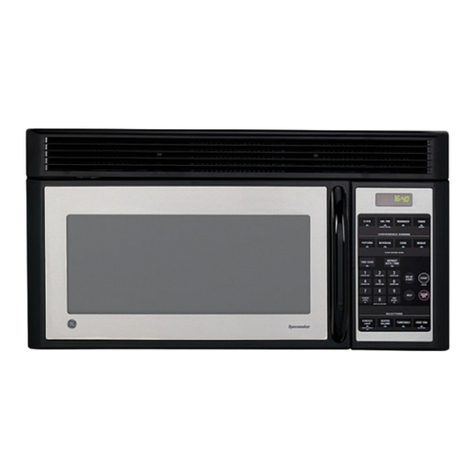
GE
GE SpacemakerXL JVM1640WH001 User manual

GE
GE Hotpoint RE1440H Use and care manual
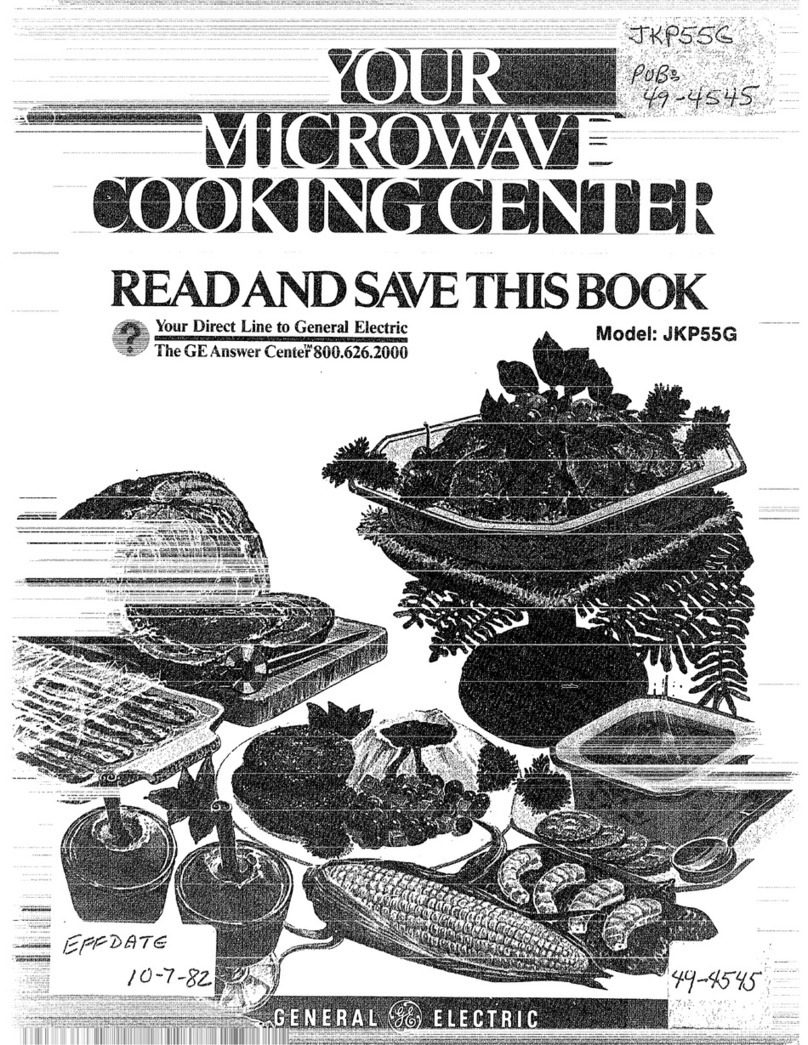
GE
GE 49-4545 User manual
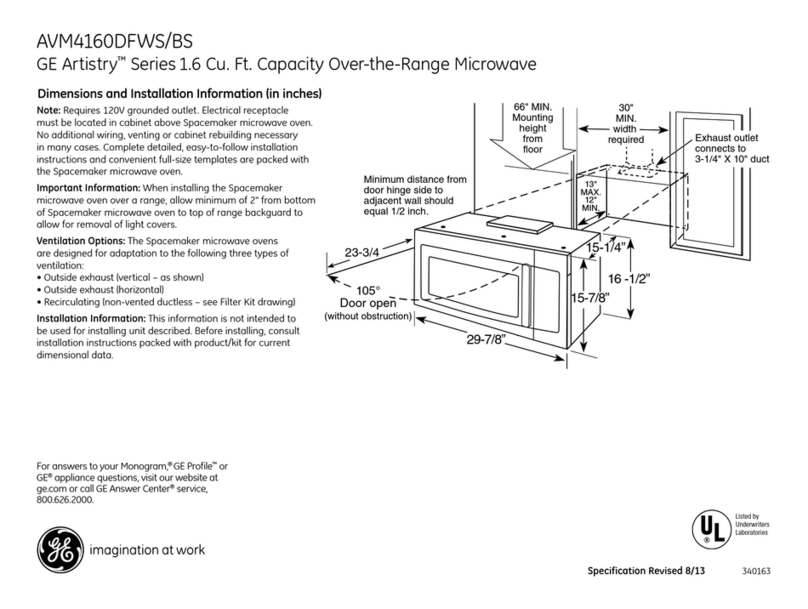
GE
GE AVM4160DFBS Manual
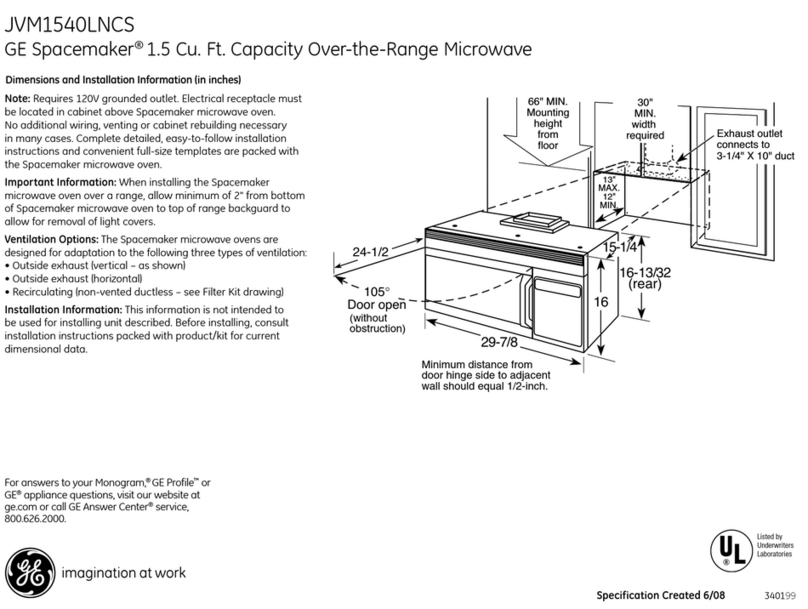
GE
GE Spacemaker JVM1540LNCS Manual
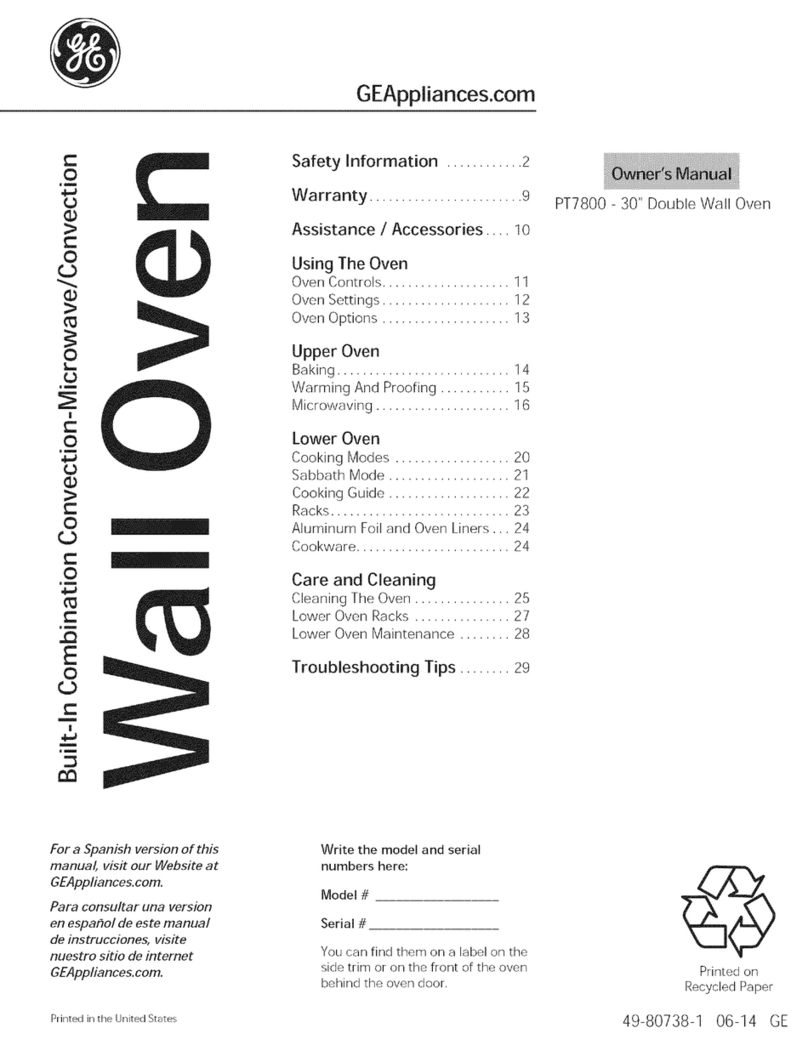
GE
GE PT7800DH2BB User manual
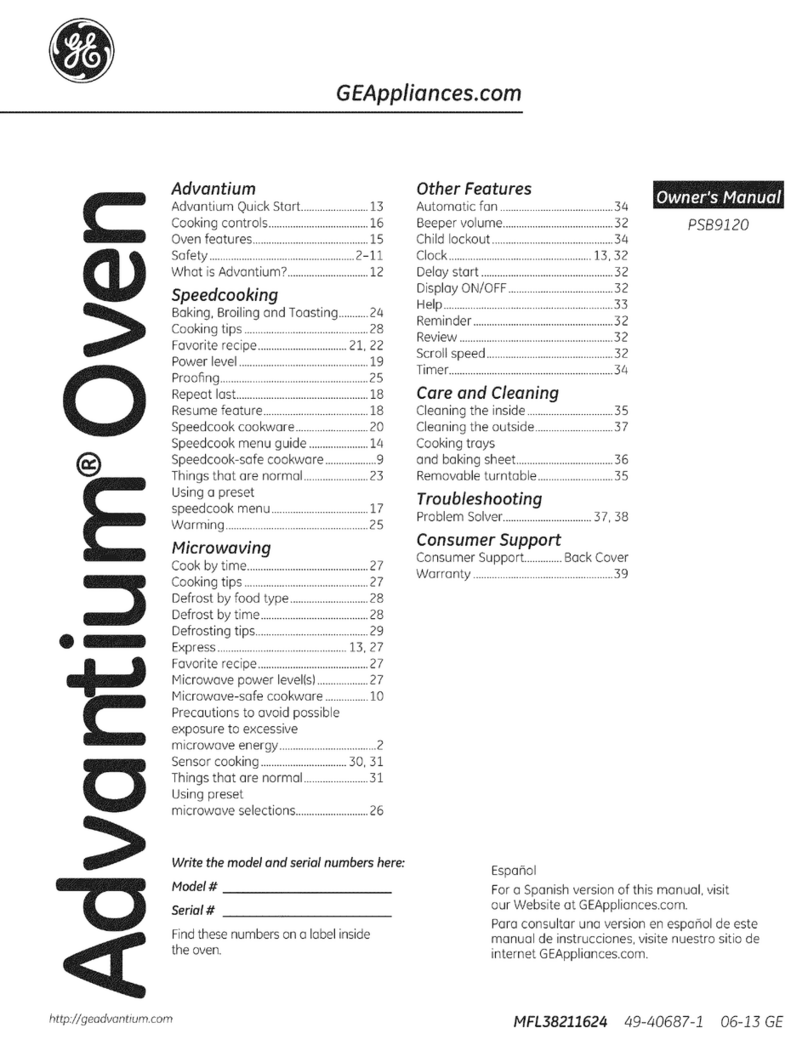
GE
GE PSB9120SF1SS User manual

GE
GE JES1334WD User manual
Popular Microwave Oven manuals by other brands

Conrad Electronic
Conrad Electronic 2372935 operating instructions

DAEWOO ELECTRONICS
DAEWOO ELECTRONICS KOR-6L8K5S83 Operating instructions & cook book

DAEWOO ELECTRONICS
DAEWOO ELECTRONICS KOR-1N5A9S Operating instructions & cook book

Daewoo
Daewoo KQG-6617G Operating instructions & cook book

Samsung
Samsung M1779 Owner's instructions

Miele
Miele H6200BM(TB) Operating and installation instructions

Jocel
Jocel JMO011480 instruction manual

Sharp
Sharp R-752M Operation manual with cookbook

Electrolux
Electrolux EVL8E00X user manual

STOVES
STOVES Q900GRF DO User, installation & servicing instructions

Daewoo
Daewoo KOR-6L0B3S Operating instructions & cook book

KitchenAid
KitchenAid KCMS1555 Use and care guide
